40 about energy rating labels
Reading the Residential Label - AERC Energy Rating The "Warm Climate" rating indicates your potential energy savings when using that particular product when it's warmer outside, and your home may use more air conditioning. Higher energy improvement rating numbers, and those that are closer to the maximum (max) for that product category, will provide greater energy savings. Reaching the "Max" In focus: A new generation of EU energy labels The new labels will contain a simpler scale (A to G) and it will be easier to compare the energy efficiency between different products. The EU energy label is language neutral, a must as there are 24 official languages within the EU internal market. By scanning a QR code in the upper right corner, consumers will have access to more detailed ...
A Guide to the New Energy Labels - ledbulbs.co.uk The new labels also include a QR code. You can scan this with your phone to find out more information about the appliance and its energy rating. The icons have also been redesigned and will change based on the type of appliance the label is related to. This makes it simpler to understand their product features and their efficiency.

About energy rating labels
What do energy labels mean? | Green Choices What is it? The familiar EU Energy label, rates products from A (the most efficient) to G (the least efficient) and is required by European law to be displayed at the point of sale on the following products: Washing machines, washer-dryers tumble dryers Fridges, freezers and fridge freezers Dishwashers Electric ovens Energy-saving light bulbs Energy Efficiency Technical Guide: Standards, Rating and Labeling Standards, rating, and labeling schemes differentiate efficient products and buildings from those that are inefficient by establishing minimum energy performance standards. Such schemes help consumers save money and reduce energy consumption, and they help governments meet goals for national energy savings and targets for reducing greenhouse gases. Energy labels decoded | Currys TechTalk Want to save energy and money at home? Here's everything you need to know about energy ratings. Help & Services •Track my order •Delivery •Returns •Spread the cost •Care & Repair •TechTalk •Business Product name or item no. FBA77604-2BD1-472B-9590-7D969EFD326B Stores Sign in 0Basket Menu Appliances Laundry Washing machines Washer dryers
About energy rating labels. Energy rating label | energy.gov.au There are 2 label styles: The normal 6-star label. The 10-star label for appliances rated as 7 stars or higher. Energy Rating Labels must be displayed on the following new appliances: Air conditioners (single phase, non-ducted) Washing machines Clothes dryers Dishwashers Televisions Fridges Freezers Computer monitors Label | Energy Rating Use the Energy Rating Label to work out rough running costs with some simple maths. It's easy - just take the energy consumption figure - and divide it by 4. For example, if the Energy Rating Label on a washing machine says it uses 400 kWh, it means it will roughly cost you $100 per year to run. Easy! Energy Rating Labels - Buying and Using Appliances | Gen Less The Energy Rating Label makes it easy to compare energy efficiency and running costs of similar appliances when you're deciding which to buy. An appliance with more stars on the label is more energy efficient - meaning you can save money on running costs, and New Zealand can save energy and emissions. Energy Rating Labels explained - Consumer Home | Energy Rating The Energy Rating website provides information about the E3 Program. We increase the energy efficiency of appliances to reduce energy use, emissions and to help save you money.
Understanding the label | Energy Rating Energy rating labels provide consumers with information on the energy efficiency of a product. There are two main types of labels – comparison labels and endorsement labels. Comparison labels. Comparison labels allow consumers to compare the energy consumption of similar products and factor lifetime running cost into their purchasing decision. European Union energy label - Wikipedia A new energy label, introduced in 2010, is based on the energy efficiency index (EEI), and has energy classes in the range A+++ to D. The EEI is a measure of the annual electricity consumption, and includes energy consumed during power-off and standby modes, and the energy consumed in 220 washing cycles. For the washing cycles, a weighted mix consisting of 42% full-load cycles at 60 °C, 29% ... Understanding Energy Rating Labels - Sustainable Build One of the keys to energy saving is the efficiency of the product. To make the whole comparison process as simple as possible, the EU label scheme uses letters from A to G, with A being the most energy efficient and G the least. However, for some products the picture is a little more complicated because of their nature. Energy Performance - BFRC The BFRC energy rating label looks very similar to other rating schemes which you may have seen on a range of products, from domestic white goods to car tyres. The bandings on the BFRC label are the result of a complex calculation which takes into account a standard size of window, standard building occupancy and average climate conditions.
Energy Performance Label | National Fenestration Rating Council The NFRC label helps you compare between energy-efficient windows, doors, and skylights by providing you with energy performance ratings in multiple categories. Window Label Door Label U-Factor measures how well a product can keep heat from escaping from the inside of a room. The lower the number, the better a product is at keeping heat in. Energy rating - appliances | energy.gov.au There's also an informative video about the energy rating labels on air condtioners. See the Energy Rating website for more information on the Zoned Energy Rating Label. Natural gas appliances. Gas heaters are not covered by an Energy Rating Label developed through the Australian Government’s E3 Program. What Does an EPC Rating Mean? - Energy Guide This means they use less energy and produce less CO2. An Energy Performance Certificate (EPC) is a document that shows the current and potential energy rating of a property. The current energy rating is often referred to as the SAP rating because it shows the current energy performance of a property, also known as the 'rating'. Label2020 UK | Label 2020 - energy label Say hello to the new energy label Watch on The new energy labels for TVs, fridges, dishwashers, washing machines and washer dryers are here. They've helped consumers choose energy efficient products for more than 25 years. They've also helped manufacturers and retailers develop and sell innovative and efficient products.
Energy ratings: everything you need to know Boilers and other forms of heating such as heat pumps got new energy labels in 2015. Beyond an A++-G rating, the label includes information such as the level of sound they produce and for some product types whether the heater has the capacity to generate electricity - the latter accounting for the fact that the heating market is changing, with more low carbon options.
How a Product Earns the ENERGY STAR Label What is ENERGY STAR? ENERGY STAR is the trusted, government-backed symbol for energy efficiency helping us all save money and protect the environment through energy-efficient products and practices. The ENERGY STAR label was established to: Reduce greenhouse gas emissions and other pollutants caused by the inefficient use of energy; and
PDF Rating Review Process - Energy 15% more efficient than the 2004 IRC, then it does not receive the label. The Home Energy Rating System (HERS) Index is used to determine the home's rating. 3. ENERGY STAR Home Energy Yardstick (USA - Environmental Protection Agency) The ENERGY STAR Home Energy Yardstick is an online tool that a homeowner can use to perform a self-
About the energy label and ecodesign | European Commission In 2019, the energy label was recognised by 93% of consumers and 79% considered it when buying energy efficient products, according to the Special Eurobarometer 492 . Manufacturers are keen to see their energy-labelled products in the highest available category when compared to competitors.
About energy rating labels | EECA The Energy Rating Label helps people compare energy efficiency and running costs of similar appliances when deciding which to buy. Zoned Energy Rating Label The new Zoned Energy Rating Label tells you which heat pumps/air conditioners will perform best in different climate zones of New Zealand and Australia. Fridges & freezers label
Window Energy Rating Explained (Guide to Window-U Factors & Labels) When lower ratings mean better windows: U-Value/U-Factor: U-Value, sometimes called window U-Factor, measures the rate of heat transfer —it tells you how much heat is lost or gained through your window. According to Energy Star, the U-Value of a window can range from .25 to 1.25. The lower the U-Value, the more energy efficient your window is ...
Energy Labelling | Energy Ratings | SEAI Choosing energy efficient appliances will save you money on your energy bills and reduce your greenhouse gas emissions in the long run. Remember, if you can't find the energy label on a product, you should ask the retailer to provide it. Products covered. EU energy labels must be provided and displayed by law for the following products:
Energy Rating Label | EECA Energy Rating Label Star rating shows efficiency The Energy Rating Label applies to certain products under the Energy Efficiency (Energy Using Products) Regulations 2002. These products must display the label when they are offered for sale. EECA administers the label compliance in New Zealand. The label also applies in Australia.
EU energy labelling requirements - Your Europe Since March 2021, the energy label rating system uses A to G rankings only, instead of A to D ratings as before. This new rating system applies to the following product groups: refrigerators dishwashers washing machines televisions light bulbs and lamps The first 4 product groups must feature the rescaled labels from 1 March 2021.
Energy Performance Ratings for Windows, Doors, and Skylights Energy Performance Testing, Certification, and Labeling. The National Fenestration Rating Council (NFRC) operates a voluntary program that tests, certifies, and labels windows, doors, and skylights based on their energy performance ratings. The NFRC label provides a reliable way to determine a window's energy properties and to compare products.
Regulations: energy information - GOV.UK The energy label is common across the UK, with variations according to GB or NI placement on market, and must include: the model number of the product and the suppliers name or trademark the amount...
Energy rating labels | Sustainability Victoria The Energy Rating Label is an Australian Government initiative. The label uses stars as a way to show the efficiency of an appliance. The more stars, the more efficient the product is. You can use this star rating to compare other models of the same capacity. Most appliances are rated between 1 and 6 stars.
Energy Rating Labels explained - Consumer NZ Energy Rating Labels have two important pieces of information: the star rating and the energy consumption. Star rating The top half of the label has a star rating of up to 6 or 10 stars. The stars represent how energy efficient a model is compared to other models of the same size/capacity.
What is an Energy Rating Label? — EcoAir Online Store What is an Energy Rating Label? All household air conditioners (under 12kW cooling) must comply with the Energy Information (Household Air Conditioners) (No 2) Regulations 2005. This regulation implemented the energy labelling for air conditioners. The key points are:
Energy labels decoded | Currys TechTalk Want to save energy and money at home? Here's everything you need to know about energy ratings. Help & Services •Track my order •Delivery •Returns •Spread the cost •Care & Repair •TechTalk •Business Product name or item no. FBA77604-2BD1-472B-9590-7D969EFD326B Stores Sign in 0Basket Menu Appliances Laundry Washing machines Washer dryers
Energy Efficiency Technical Guide: Standards, Rating and Labeling Standards, rating, and labeling schemes differentiate efficient products and buildings from those that are inefficient by establishing minimum energy performance standards. Such schemes help consumers save money and reduce energy consumption, and they help governments meet goals for national energy savings and targets for reducing greenhouse gases.
What do energy labels mean? | Green Choices What is it? The familiar EU Energy label, rates products from A (the most efficient) to G (the least efficient) and is required by European law to be displayed at the point of sale on the following products: Washing machines, washer-dryers tumble dryers Fridges, freezers and fridge freezers Dishwashers Electric ovens Energy-saving light bulbs






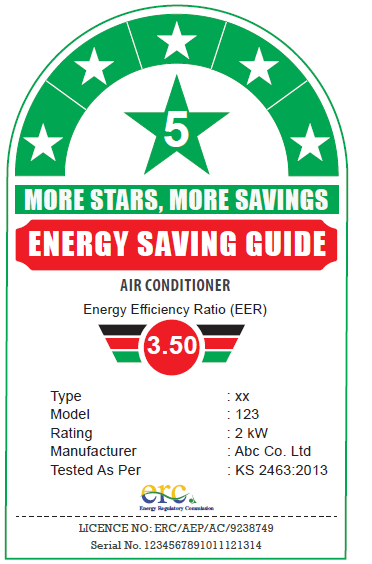


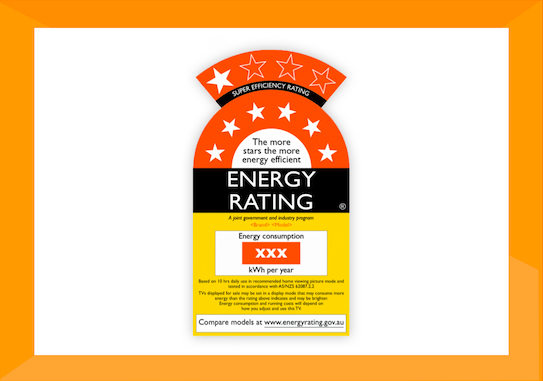
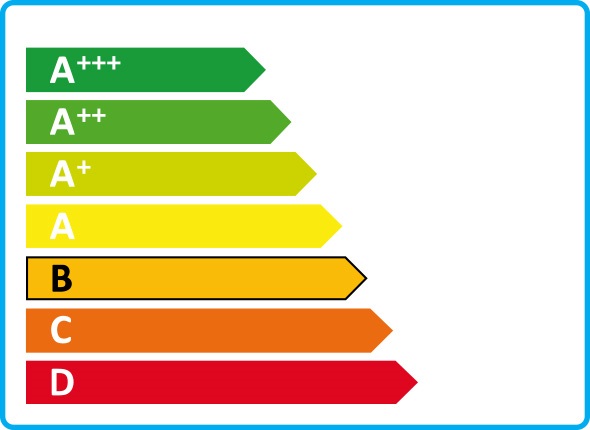














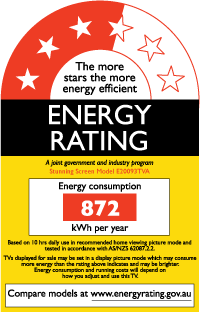
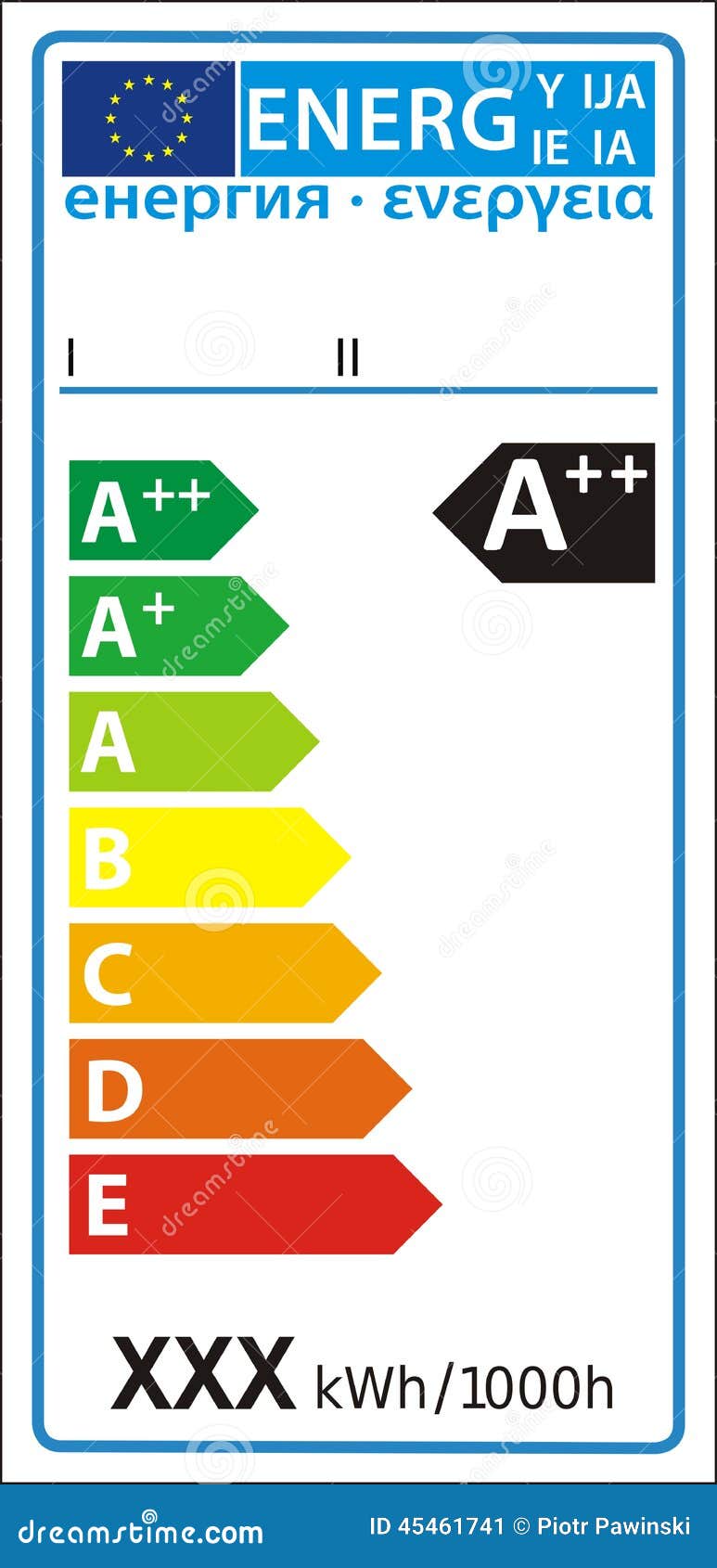



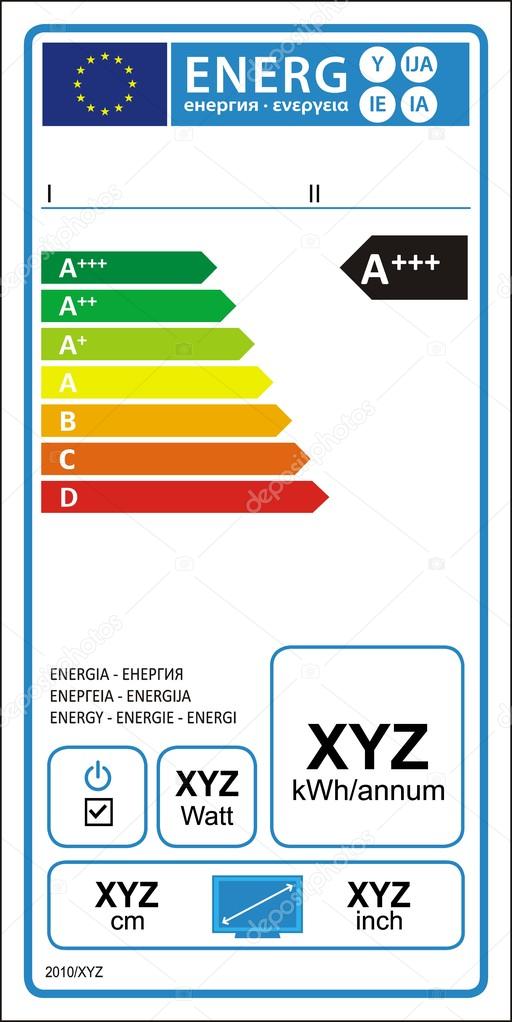

Post a Comment for "40 about energy rating labels"